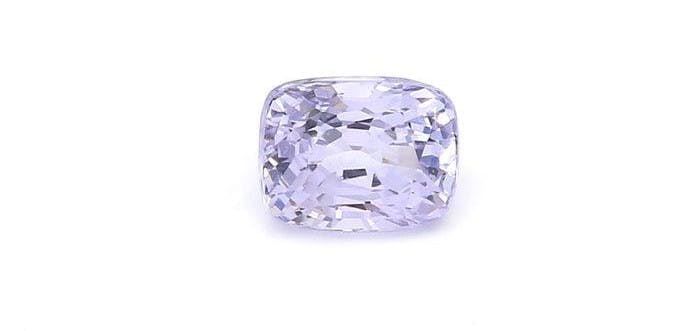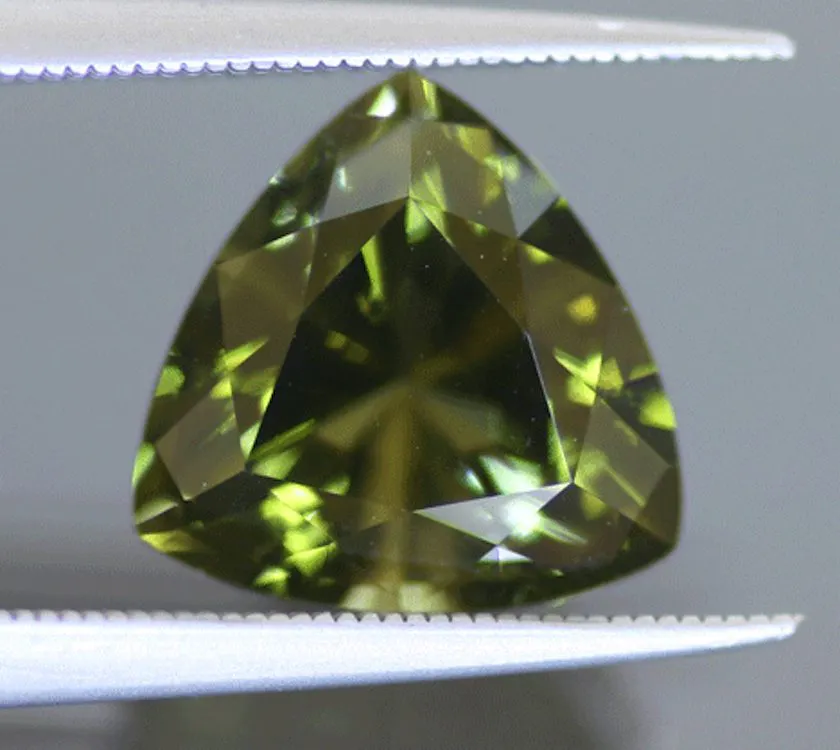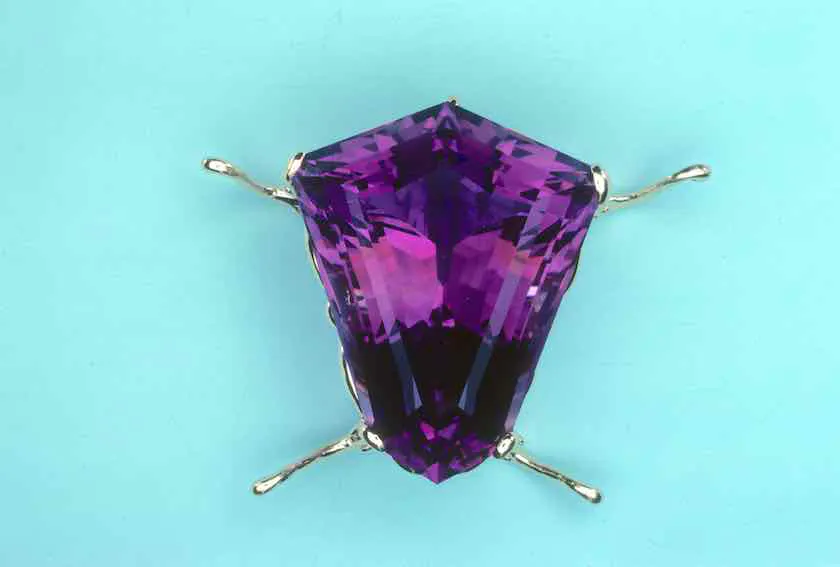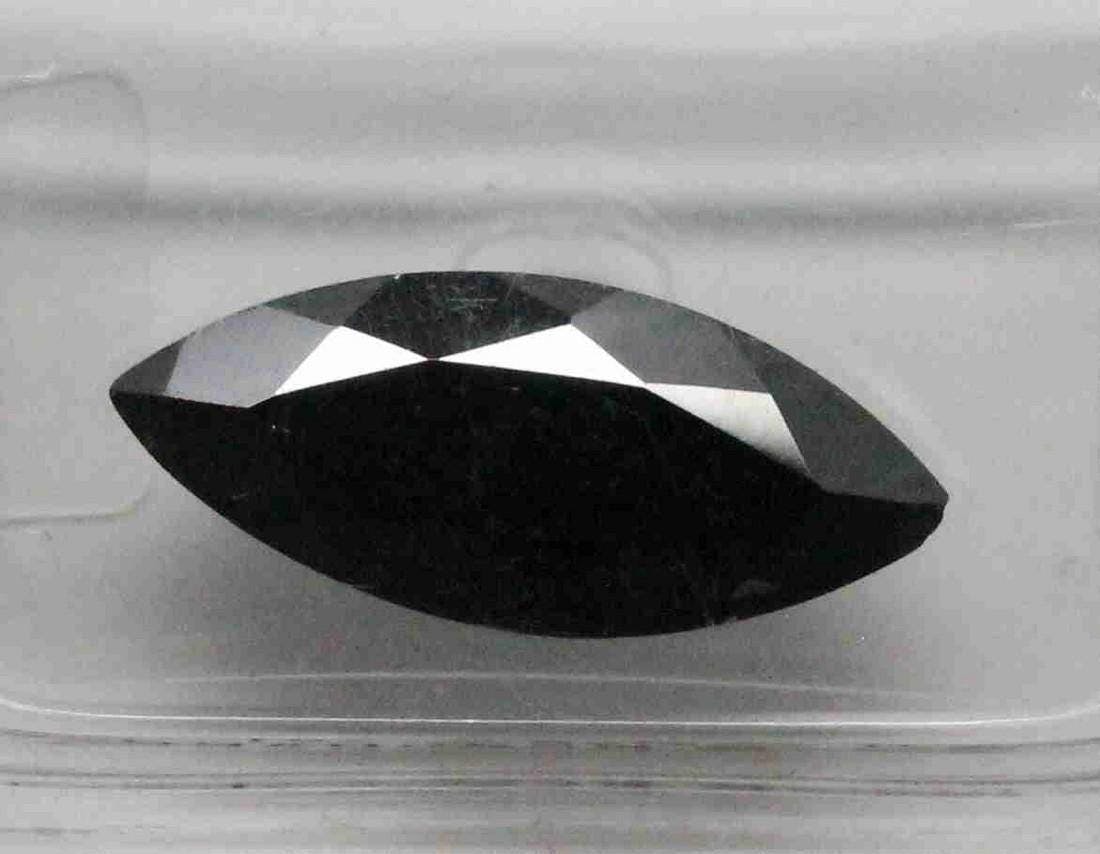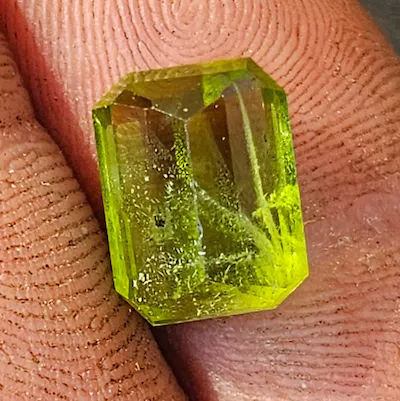Information about Ruby, Information about Sapphire, News
Rare and Beautiful: Purple Gemstones as a Fashion Statement
If you’re eager to make a bold fashion statement with exquisite and uncommon gemstones, consider incorporating Melogems into your collection. These exceptional gemstones, celebrated for their enchanting and distinctive properties, add a touch of allure to your jewelry. Among these captivating gemstones, Amethyst stands out as the most renowned. As a variety of quartz, Amethyst radiates an aura of sophistication and elegance. Another excellent choice is purple sapphire, prized not only for its durability but also for its widespread popularity.
For a truly breathtaking gemstone, look no further than tanzanite, which showcases a trichroic nature, revealing stunning purple, violet, and blue hues. This unique characteristic makes tanzanite an exceptional choice for those seeking to make a lasting impression. Whether you opt for the affordability of purple tourmaline or the distinctiveness of purple garnet and lavender jade, Melogems offer a diverse range of purple gemstones for you to explore and proudly incorporate into your jewelry collection.
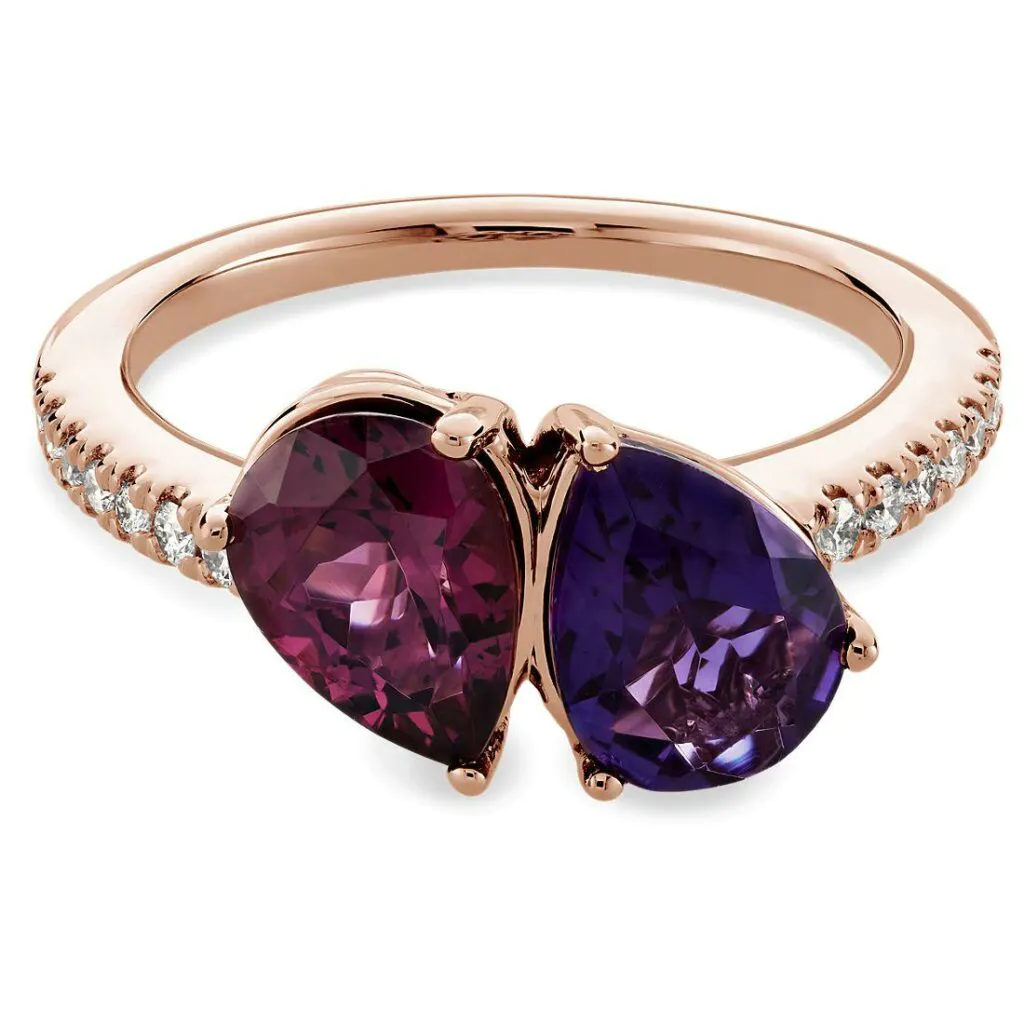
Amethyst: The Most Famous Purple Gemstone
Amethyst is known as the most famous purple gemstone in the world. It belongs to the quartz family and is highly regarded for its beautiful purple color. The composition of amethyst consists of silicon dioxide, with traces of iron giving it its distinct purple hue.
Formation of amethyst occurs in geodes and rock cavities. Over millions of years, silica-rich solutions containing traces of iron seep into these cavities and begin to crystallize. The slow growth process allows for the formation of large, majestic amethyst crystals.
Throughout history, amethyst has held significant cultural and spiritual significance. The ancient Greeks believed that amethyst could protect against drunkenness and promote sobriety. In fact, the word “amethyst” is derived from the Greek word “amethystos,” which means “not intoxicated.” Amethyst has also been associated with royalty and was highly favored by kings and queens.
Amethyst possesses unique physical properties that make it a sought-after gemstone. It has a hardness of 7 on the Mohs scale, making it durable and resistant to scratches. Its transparent to translucent nature allows light to pass through the gemstone, giving it a beautiful sparkle. Amethyst also exhibits pleochroism, meaning it can display different shades of purple when viewed from different angles.
Amethyst comes in various shades of purple, ranging from light lavender to deep violet. The most prized amethysts have a rich, velvety color with a strong saturation. Some amethyst gemstones may also display color zoning, with different concentrations of purple throughout the stone.
Amethyst jewelry has been a trend for centuries. From elaborate crowns to delicate pendants, amethyst has been used in a variety of jewelry styles. In recent years, amethyst has gained popularity as a centerpiece stone in statement rings and necklaces. Its vibrant purple color adds a touch of elegance and glamour to any outfit. Amethyst jewelry can be found in both traditional and contemporary designs, allowing for a wide range of options.
Purple Sapphire: Durable and Popular
Purple sapphire is another popular purple gemstone that is highly prized for its durability and beauty. It belongs to the corundum family, which also includes its well-known counterparts, rubies and blue sapphires. Purple sapphire gets its color from trace amounts of chromium and iron within the crystal structure.
The formation of purple sapphire occurs under intense heat and pressure deep within the Earth’s crust. Over millions of years, these geological forces create the perfect conditions for corundum crystals to grow. The result is a strong and durable gemstone with a hardness of 9 on the Mohs scale, second only to diamonds.
Distinctive features of purple sapphire include its exceptional clarity and brilliance. It is known for its high refractive index, which allows light to interact with the gemstone in a way that creates mesmerizing sparkle. The vibrant purple color of purple sapphire is often associated with luxury and royalty, making it a popular choice for engagement rings and statement jewelry.
Purple sapphire comes in a range of colors, from deep violet to light lavender. The color range of purple sapphire is influenced by factors such as the trace elements present and the conditions during its formation. Some purple sapphires may exhibit color zoning, with different shades of purple within a single gemstone.
Culturally, purple sapphire has significant importance. In ancient times, it was believed to possess mystical powers and was associated with wisdom and spirituality. Purple sapphire was often worn by royalty and was considered a symbol of nobility and power.
Famous purple sapphire jewelry pieces include the stunning engagement ring worn by Princess Eugenie, which featured a deep purple sapphire surrounded by diamonds. Other notable purple sapphire jewelry includes earrings, necklaces, and bracelets worn by celebrities on red carpet events.
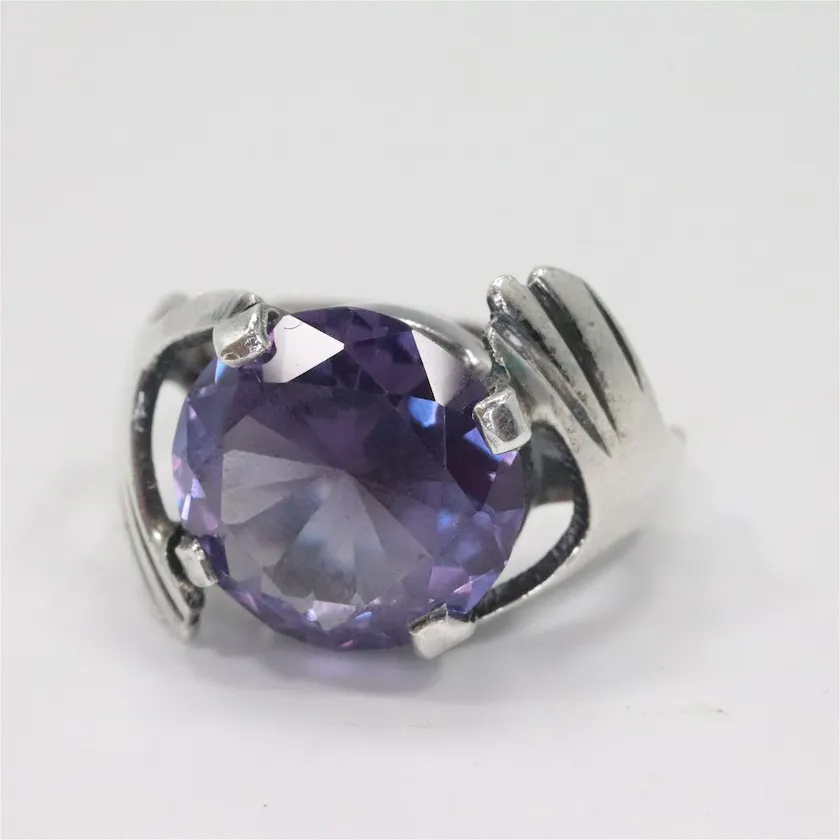
Tanzanite: A Unique Trichroic Gemstone
Tanzanite is a unique gemstone known for its trichroic phenomenon, which means it displays three different colors when viewed from different angles. It is a member of the zoisite mineral family and is exclusively found in Tanzania, hence its name.
Tanzanite was discovered in the 1960s by Maasai tribesmen near Mount Kilimanjaro. The formation of tanzanite occurs through metamorphism, where heat and pressure transform existing minerals into new ones. Crystals of tanzanite develop within the rocks under these extreme geological conditions.
The trichroic phenomenon is what sets tanzanite apart from other gemstones. When viewed from different angles, tanzanite can display shades of blue, violet, and purple. This color-changing ability makes it a captivating gemstone that is highly sought after by collectors and jewelry enthusiasts.
Tanzanite exhibits a range of colors, from deep blue to light violet. The intensity of the color is influenced by the presence of trace elements, such as vanadium. The most valuable tanzanites have a vivid, intense blue-purple hue, often referred to as “electric blue.”
Fashionable tanzanite accessories have gained popularity in recent years. From tanzanite earrings to tanzanite bracelets, this unique gemstone adds a touch of elegance and sophistication to any ensemble. Tanzanite is often paired with diamonds or other complementary gemstones to enhance its beauty.
Taking care of tanzanite jewelry is essential to maintain its luster and beauty. Tanzanite is a relatively soft gemstone, with a hardness of 6.5 to 7 on the Mohs scale. It is susceptible to scratches and should be stored separately from other gemstone jewelry. Cleaning tanzanite should be done with mild soap and warm water, using a soft brush to remove any dirt or debris.
Purple Tourmaline: Affordability and Versatility
Purple tourmaline is a gemstone that offers affordability and versatility, making it a popular choice for jewelry enthusiasts. Tourmaline is a complex borosilicate mineral with a wide range of colors. The purple variety is often referred to as “rubellite.”
The chemical composition of purple tourmaline includes elements such as aluminum, boron, and oxygen. These elements combine to create the unique crystal structure of tourmaline. The presence of manganese and iron gives purple tourmaline its distinct purple color.
One of the optical phenomena observed in purple tourmaline is known as pleochroism. This means that the gemstone can display different colors when viewed from different angles. Purple tourmaline may appear violet or deep purple depending on the direction of light.
There are different varieties of purple tourmaline, each with its own distinct characteristics. Rubellite tourmaline is known for its deep, vivid purple color, while lavender tourmaline has a lighter, more delicate shade of purple. Cat’s eye tourmaline is a variety that exhibits a band of light that resembles a cat’s eye, adding uniqueness to the gemstone.
Purple tourmaline has gained popularity in the fashion industry due to its affordability and versatility. It can be faceted into various shapes and sizes, allowing for a wide range of jewelry designs. Purple tourmaline is often used in rings, earrings, and pendants, adding a pop of color and elegance to any outfit.
Caring for purple tourmaline is relatively easy. It has a hardness of 7 to 7.5 on the Mohs scale, making it durable and resistant to scratches. However, it is recommended to store tourmaline jewelry separately from other gemstones to prevent any potential damage. Regular cleaning with mild soap and warm water will help maintain its shine and sparkle.
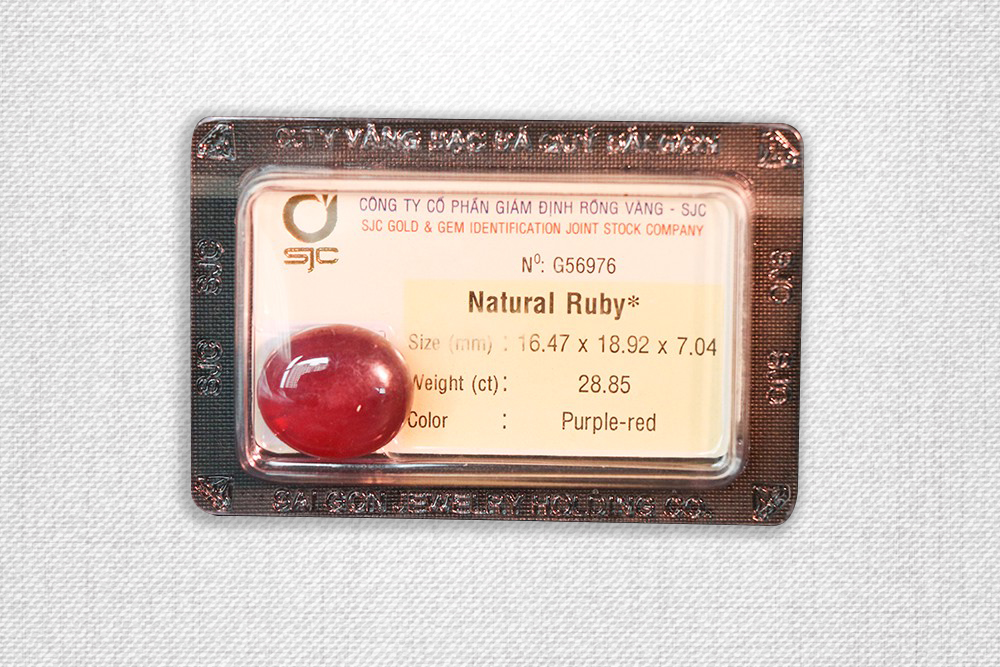
Purple Garnet: A Hidden Gemstone
Purple garnet is a hidden gemstone that is gaining recognition for its unique beauty. Garnets are a group of minerals known for their rich and vibrant colors. Purple garnet, also known as “rhodolite,” is a variety that exhibits a stunning shade of purple.
There are several unique garnet varieties, each with its own distinct properties. Purple garnet, or rhodolite, is a combination of pyrope and almandine garnets. The presence of trace elements such as manganese gives rhodolite its purple color.
The formation of purple garnet occurs in metamorphic rocks under high temperatures and pressures. It is formed through the crystallization of minerals within the Earth’s crust. Over time, these crystals are brought to the surface through geological processes, resulting in the discovery of purple garnet.
Purple garnet possesses several attributes that make it a desirable gemstone. It has a hardness of 7 to 7.5 on the Mohs scale, making it suitable for everyday wear. The gemstone’s brilliance and luster add a touch of elegance to any piece of jewelry.
In the world of fashion, purple garnet is gaining popularity as a choice gemstone. Its deep, rich purple color adds a dramatic flair to any jewelry design. From purple garnet earrings to purple garnet bracelets, this gemstone can be paired with other gemstones or metals to create unique and eye-catching arrangements.
To preserve the beauty of purple garnet jewelry, it is important to take certain precautions. Proper storage in a soft pouch or jewelry box will prevent scratches and damage. Cleaning should be done with mild soap and warm water, using a soft brush for intricate settings. Avoid exposing purple garnet to harsh chemicals or high temperatures to maintain its vibrant color.
Purple Spinel: An Alternative to Amethyst
Purple spinel is an alternative gemstone to amethyst that offers its own unique charm. Spinel is a mineral that comes in a variety of colors, including purple. It is often mistaken for other gemstones due to its similar appearance to rubies and amethysts.
The composition of purple spinel consists of aluminum, magnesium, and oxygen. The presence of trace elements, such as chromium and iron, gives spinel its purple hue. Purple spinel is renowned for its brilliance and high refractive index, allowing it to reflect light beautifully.
Purple spinel can come in various shades of purple, ranging from pale lavender to deep violet. The color intensity can be affected by factors such as the presence of impurities and the crystal structure of the spinel. Some purple spinels may also exhibit color zoning, with different shades of purple within a single gemstone.
Famous purple spinel jewelry pieces include the renowned “Black Prince’s Ruby” in the British Imperial State Crown. This gemstone, initially believed to be a ruby, is actually a large red spinel. Purple spinel is also a popular choice for engagement rings and statement jewelry, thanks to its regal and captivating beauty.
Wearing and cleaning purple spinel jewelry requires some care to ensure its longevity. Spinel has a hardness of 8 on the Mohs scale, making it one of the more durable gemstones. However, it is still essential to store spinel jewelry separately from other gemstones to prevent any potential scratches. Cleaning should be done with mild soap and warm water, followed by gentle drying with a soft cloth.
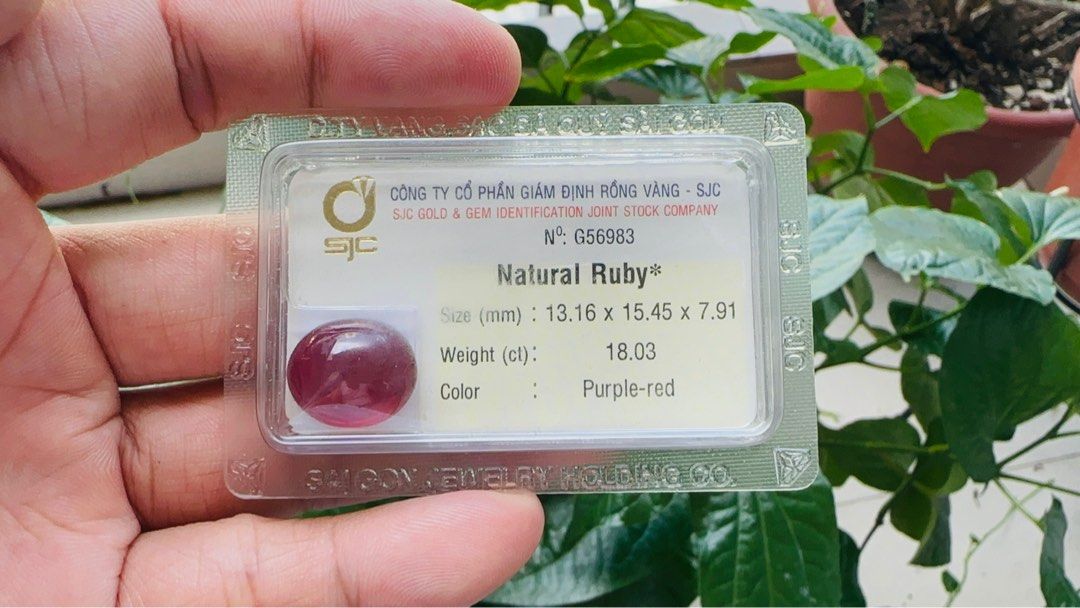
Lavender Jade: A Delicate Purple Treasure
Lavender jade is a precious gemstone known for its delicate and captivating purple color. Jade is an ornamental mineral that has been highly valued for thousands of years. Lavender jade, also known as “feicui,” is a specific variety that exhibits shades of lilac, lavender, and purple.
Lavender jade is formed through the intergrowth of different minerals, including jadeite and nephrite. Its unique color is believed to be a result of the presence of trace elements during its formation. The intricate crystalline structure of lavender jade contributes to its exceptional hardness and toughness.
Qualities of lavender jade make it highly sought after in the world of jewelry. It has a distinctive translucent appearance, allowing light to pass through the gemstone and create a subtle glow. Lavender jade is often carved into intricate designs, such as beads, pendants, and bangles, showcasing its beauty.
Culturally, lavender jade holds significant symbolism. In Chinese culture, jade is considered a symbol of purity, grace, and tranquility. It is believed to bring luck and protect the wearer from harm. Lavender jade is often associated with femininity and is believed to enhance the qualities of compassion and love.
Lavender jade jewelry styles range from traditional to modern. Intricate carvings of flowers and mythical creatures are common in traditional lavender jade jewelry, while contemporary designs often feature sleek and minimalist cuts. Lavender jade can be worn as a pendant, bracelet, or even incorporated into earrings, allowing for a wide array of options.
When caring for lavender jade jewelry, it is important to handle it with care due to its delicate nature. Avoid exposing lavender jade to extreme temperatures or harsh chemicals, as it can damage the gemstone. Gently clean the jewelry with a soft cloth and store it separately from other gemstones to prevent any potential scratches.
Purple Topaz: A Brilliant and Elegant Choice
Purple topaz is a gemstone that exudes brilliance and elegance, making it a popular choice for jewelry. Topaz is a mineral that occurs in a variety of colors, including purple. The superb clarity and sparkle of purple topaz add a touch of sophistication to any jewelry design.
Topaz is composed of aluminum and silicon, with the presence of trace elements creating its purple color. The crystal structure of topaz gives it exceptional hardness and durability. With a hardness of 8 on the Mohs scale, purple topaz is resistant to scratches and suitable for everyday wear.
Purple topaz comes in various shades, ranging from pale lavender to deep violet. The color intensity of purple topaz is influenced by the concentration of impurities within the crystal structure. Some purple topaz may exhibit pleochroism, displaying different shades of purple when viewed from different angles.
Purple topaz is highly valued in the fashion industry for its versatility. It can be cut into various shapes, allowing for creative jewelry designs. Purple topaz earrings, necklaces, and rings are popular choices due to their timeless appeal and ability to complement different outfits.
To keep purple topaz jewelry sparkling, regular cleaning is necessary. It can be cleaned with mild soap and warm water, followed by thorough drying with a soft cloth. It is important to avoid exposing purple topaz to harsh chemicals, as they can damage the gemstone’s brilliance.
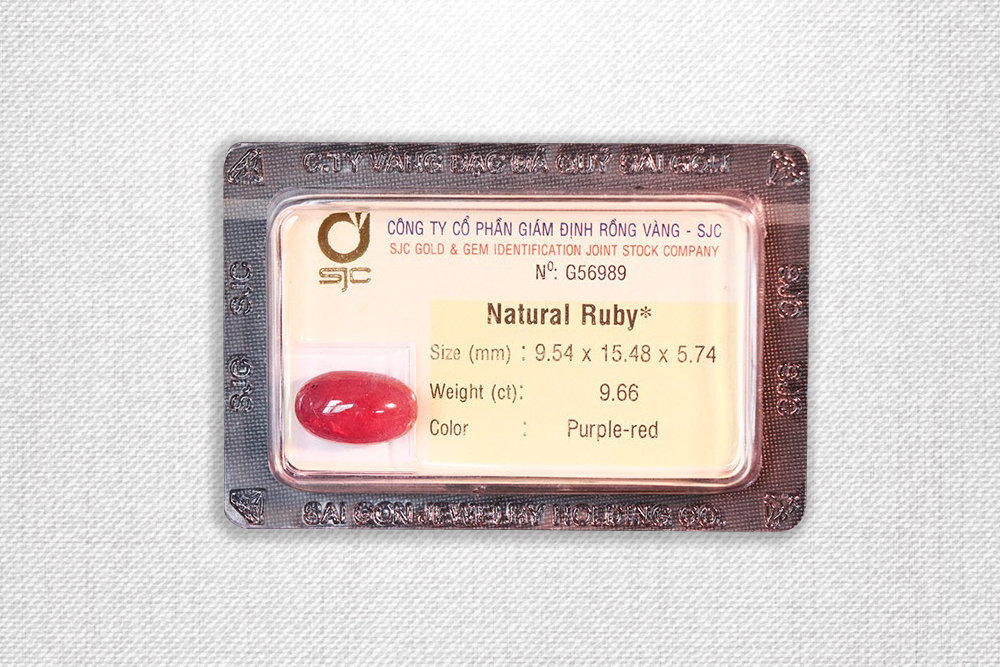
Purple Spodumene (Kunzite): Feminine and Graceful
Purple spodumene, known as kunzite, is a gemstone renowned for its feminine and graceful appearance. Kunzite is a variety of spodumene, with its purple color caused by the presence of manganese within the crystal structure.
Kunzite was discovered in the early 20th century and was named after George Frederick Kunz, a prominent gemologist. Its formation occurs in pegmatite deposits, where high heat and pressure over millions of years result in the transformation of minerals into gemstones.
Notable features of purple spodumene, or kunzite, include its delicate pinkish-purple color and excellent transparency. It has a vitreous luster that gives it a beautiful sheen when polished. The crystal structure of kunzite allows it to exhibit pleochroism, displaying different shades of purple when viewed from different angles.
Variations in color and clarity are observed in kunzite. The most prized kunzites have a vivid, intense purple color with minimal color zoning. However, kunzite can also come in softer shades of lavender and pink, appealing to those who prefer a more subtle hue.
Fashionable uses of purple spodumene can be seen in elegant necklaces, pendants, and earrings. Its feminine and graceful nature makes it a favored choice for special occasions and evening wear. Purple spodumene is often accompanied by diamonds or other gemstones to enhance its beauty and create a stunning contrast.
Caring for kunzite jewelry is essential to preserve its delicate beauty. Kunzite has a hardness of 6.5 to 7 on the Mohs scale, making it relatively durable. However, it is susceptible to scratches and should be stored separately from other gemstones. Cleaning kunzite should be done with mild soap and warm water, using a soft brush to remove any dirt or debris.
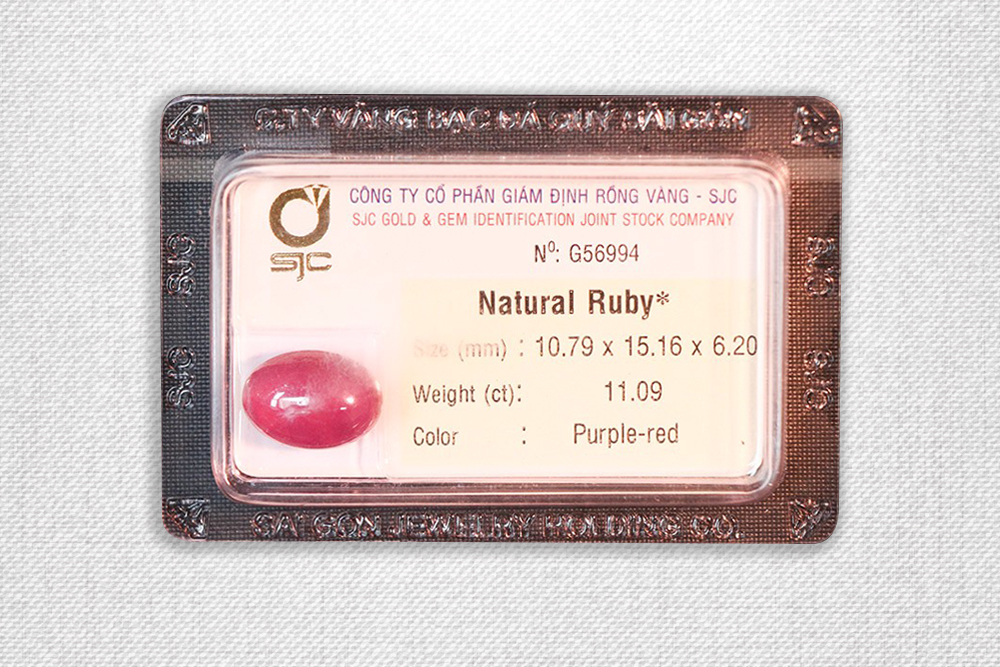
Other Purple Gemstone Options
In addition to the well-known purple gemstones mentioned above, there are several other options for those seeking unique and vibrant purple gemstones. These gemstones offer diverse colors, characteristics, and cultural significance.
Sugilite is a rare and exotic gemstone that exhibits a striking purple color. It is a complex mineral formed in metamorphic rocks and is highly valued for its rarity and beauty. Sugilite is often used in statement jewelry pieces, such as pendants and rings, due to its eye-catching color.
Charoite is a majestic and mysterious stone that features a unique purple color with swirling patterns. It is found primarily in Russia and is renowned for its spiritual and healing properties. Charoite is often used in beads and cabochons, allowing the intricate patterns to be fully appreciated.
Purple fluorite is a vibrant and lustrous crystal that showcases a range of purple shades. It is composed of calcium fluoride and is prized for its color-changing properties under different lighting conditions. Purple fluorite is commonly used in jewelry as beads, pendants, and decorative figurines.
These lesser-known purple gemstones provide alternative options for those looking to add a touch of vibrancy and uniqueness to their jewelry collection. Each gemstone possesses its own captivating beauty and can make a fashion statement in its own right.
In conclusion, purple gemstones are cherished for their rarity and ability to make a fashion statement. From the famous amethyst to the durable purple sapphire, these gemstones offer a range of colors and properties to suit different preferences. Tanzanite and purple tourmaline showcase unique characteristics, while purple garnet, purple spinel, lavender jade, and purple topaz provide alternative options. Kunzite, sugilite, charoite, and purple fluorite are other purple gemstones that offer their own distinctive appeal. Whether you are seeking elegance, affordability, or cultural significance, there is a purple gemstone to suit every taste. Taking care of these gemstones will ensure their timeless beauty for years to come, allowing you to enjoy their captivating allure.

